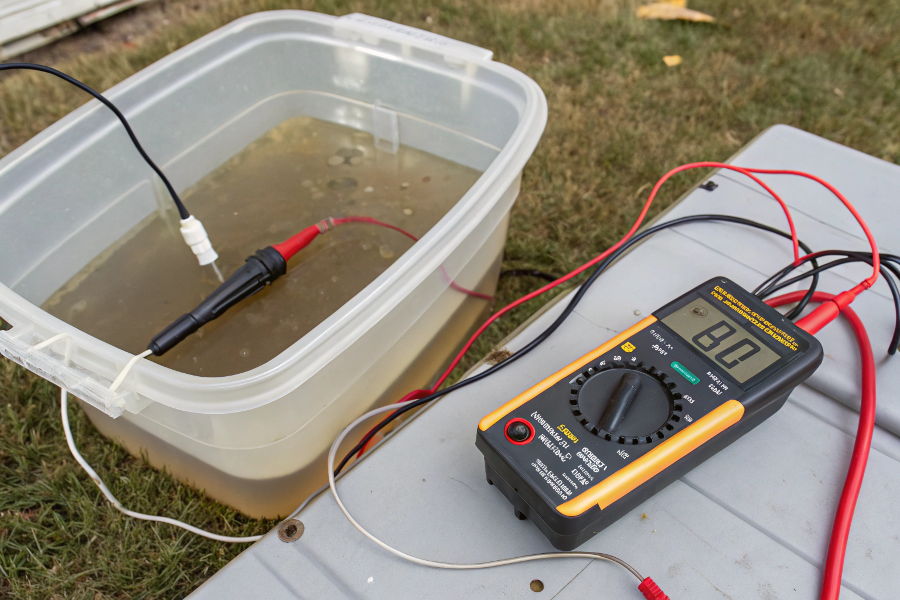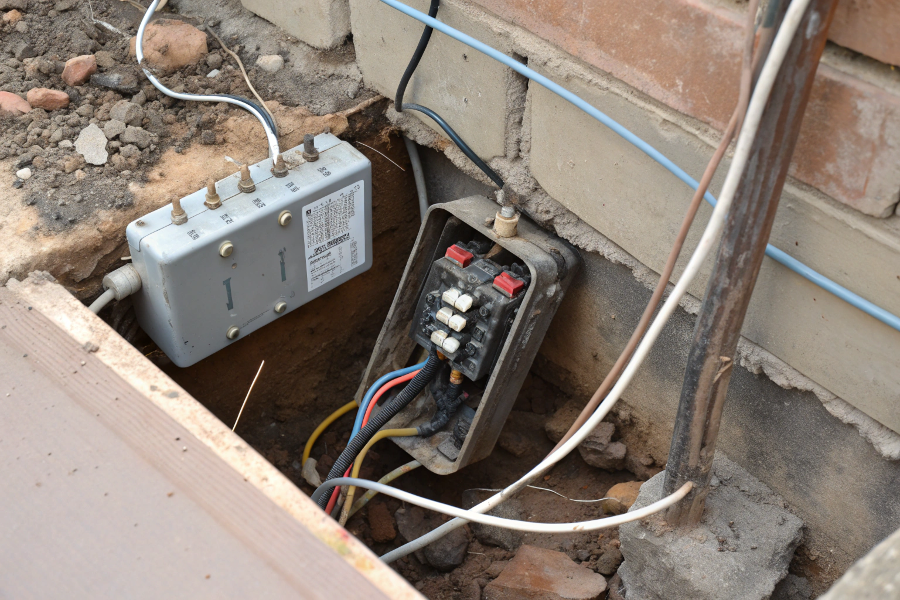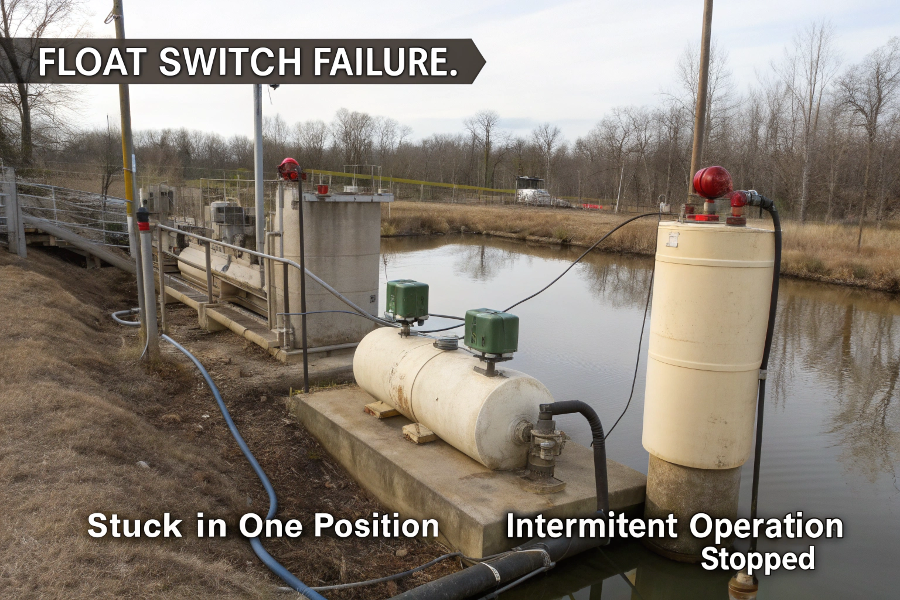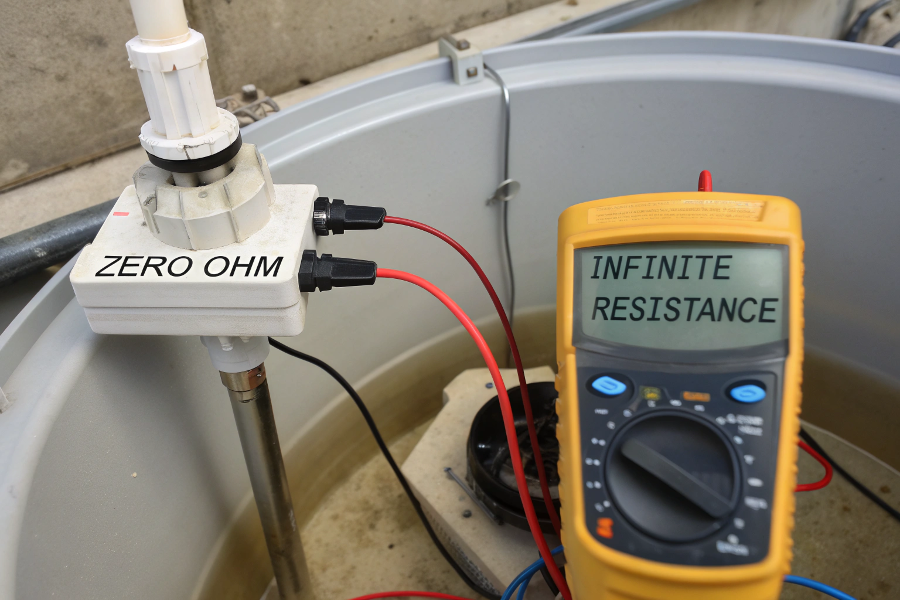Float switch failures can lead to devastating equipment damage, costly downtime, and potentially dangerous overflow situations.
To test a float switch, check its electrical continuity, physical movement, and proper mounting position. A working float switch should show continuity when activated and open circuit when not.

Float Switch Testing Methods
Let me share some practical troubleshooting tips from my experience working with various float switch installations.
How to Test if a Float Switch is Bad?
Many maintenance technicians struggle with identifying faulty float switches, leading to unnecessary replacements or missed failures.
Test a float switch using a multimeter set to continuity mode – it should read zero ohms when activated and infinite when not. Also check for free movement and proper orientation.

Float Switch Testing Procedure
Based on my field experience:
Testing Procedure
-
Electrical Testing
Step Action Expected Result Power Off Disconnect power Safety first Continuity Check with meter Changes with position Resistance Measure ohms Within specs Insulation Check for shorts No leakage -
Physical Inspection
- Free movement check
- Damage assessment
- Mounting verification
- Cable condition review
Common Issues
-
Mechanical Problems
- Stuck float
- Damaged pivot
- Incorrect mounting
- Build-up interference
-
Electrical Issues
- Corroded contacts
- Broken wires
- Water ingress
- Failed switch
These checks help identify problems quickly.
Why is My Float Switch Not Working?
A non-functioning float switch can result from various issues that aren’t always obvious at first glance.
Float switch failures commonly stem from mechanical obstruction, electrical problems, improper installation, or damage from the process environment.

Common Float Switch Problems
Drawing from my troubleshooting experience:
Problem Sources
-
Environmental Factors
Issue Cause Solution Buildup Process material Regular cleaning Corrosion Chemical attack Material upgrade Temperature Process heat Proper selection Vibration Equipment motion Better mounting -
Installation Issues
- Wrong orientation
- Incorrect wiring
- Poor mounting
- Cable strain
Solution Approach
-
Systematic Check
- Visual inspection
- Movement test
- Electrical verification
- Environmental review
-
Preventive Measures
- Regular maintenance
- Proper protection
- Environment monitoring
- Documentation
These steps ensure thorough problem solving.
What Happens When a Float Switch Goes Bad?
Understanding float switch failure modes helps prevent serious consequences in your process.
When a float switch fails, it can either stick in one position, provide intermittent operation, or completely stop functioning, potentially causing equipment damage or overflow conditions.

Float Switch Failure Modes
From my system design experience:
Failure Modes
-
Common Failures
Type Impact Risk Level Stuck Float No level change High Contact Failure Erratic operation Medium Cable Break Complete failure High Seal Failure Gradual degradation Medium -
System Effects
- Pump damage
- Tank overflow
- Process interruption
- Safety risks
Prevention Strategy
-
Maintenance Program
- Regular inspection
- Cleaning schedule
- Performance testing
- Documentation
-
Design Considerations
- Redundancy needs
- Backup systems
- Alarm integration
- Access provision
These strategies minimize failure impacts.
How Many Ohms Should a Float Switch Have?
Proper resistance measurement is crucial for verifying float switch functionality.
A working float switch should show near zero ohms (0-1Ω) when closed and infinite resistance when open. Any other readings indicate potential problems.

Float Switch Resistance Measurement
Based on my maintenance experience:
Resistance Testing
-
Measurement Guidelines
Condition Reading Action Switch Closed 0-1Ω Normal Switch Open Infinite Normal High Resistance >1Ω Investigate Inconsistent Varies Replace -
Testing Procedure
- Use proper meter
- Verify settings
- Check both positions
- Record results
Interpretation Guide
-
Reading Analysis
- Normal range
- Warning signs
- Failure indicators
- Trending changes
-
Follow-up Actions
- Clean contacts
- Check connections
- Replace if needed
- Document findings
These measurements ensure reliable operation.
Conclusion
Effective float switch troubleshooting requires systematic testing, proper understanding of failure modes, and regular maintenance to ensure reliable operation and prevent system failures.
